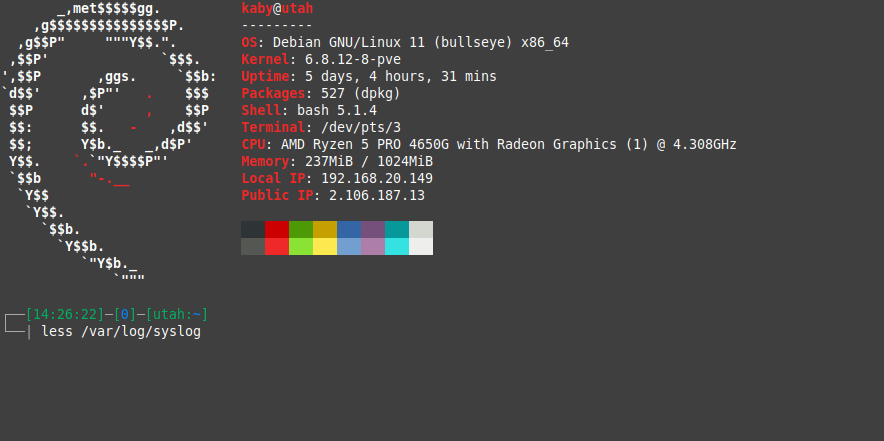Introduction to LVM
Logical Volume Manager (LVM) is a storage management solution that provides flexibility in managing disk storage. It allows dynamic resizing, combining multiple disks, and creating snapshots, among other features.
Continue reading Comprehensive LVM Tutorial with Examples
